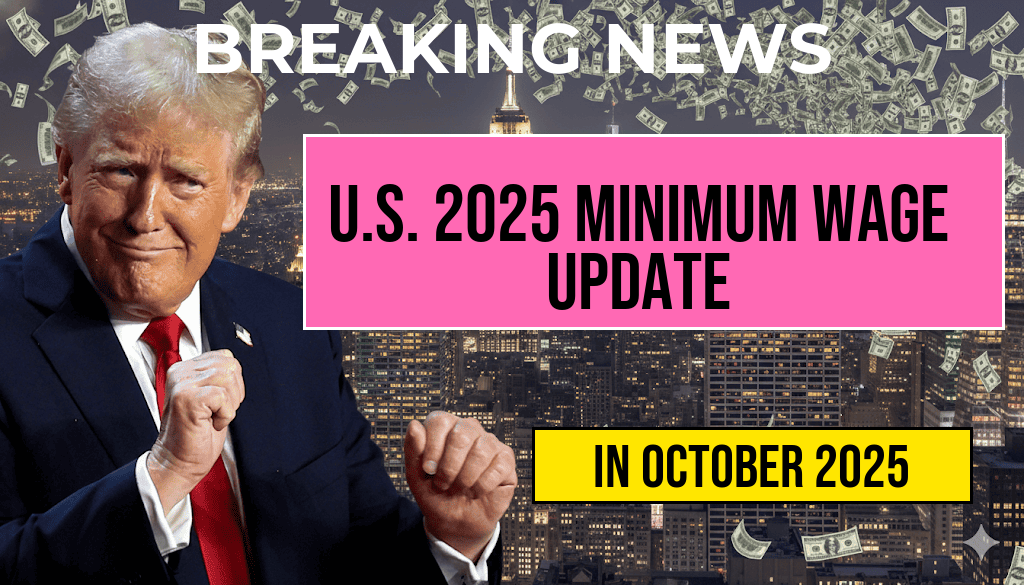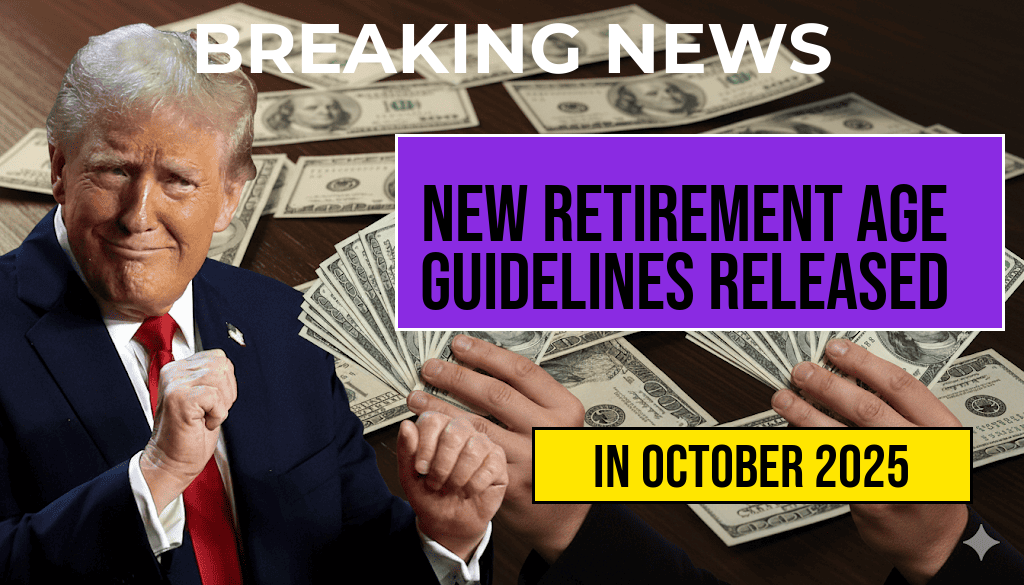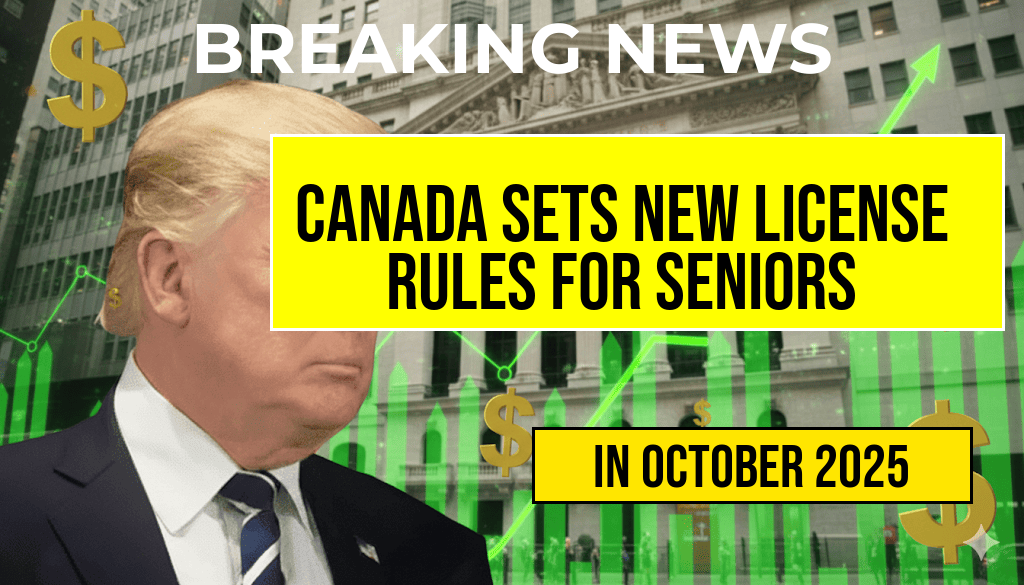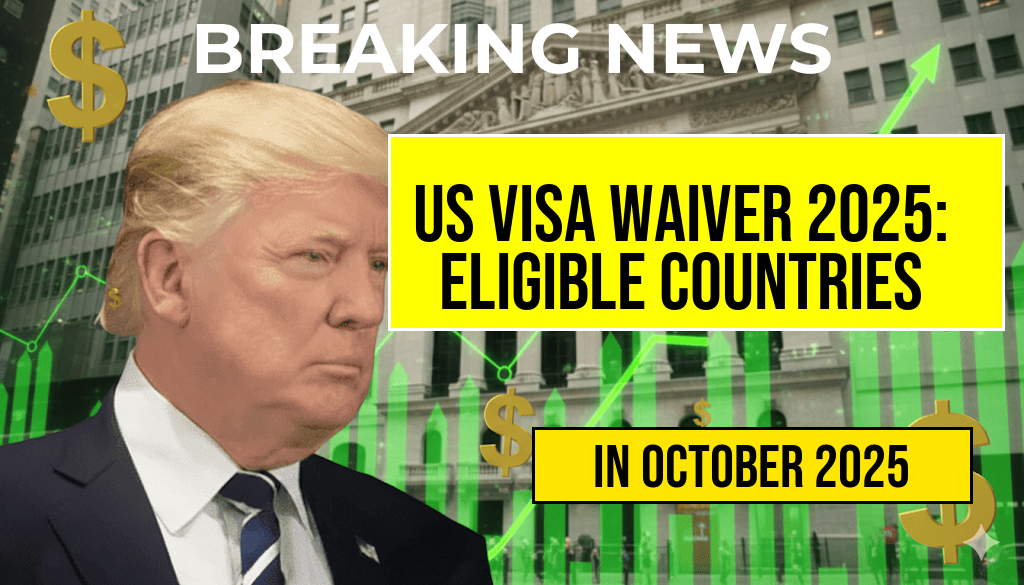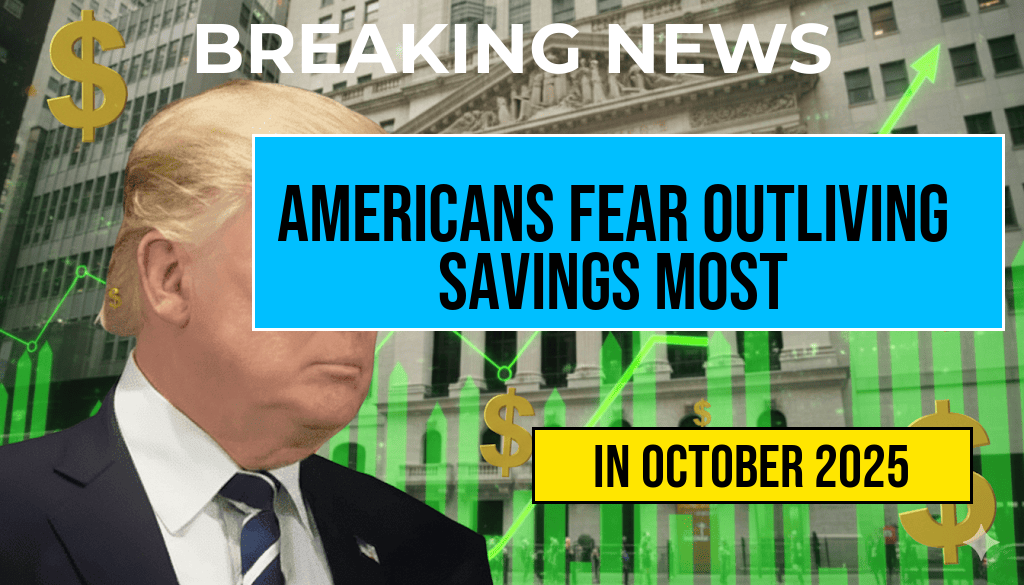Effective October 4, 2024, the federal minimum wage for 2025 has been officially updated, marking a significant change for millions of workers across the United States. The new hourly rate, set by the U.S. Department of Labor, increases from the current $7.25 to $8.50—a rise designed to help address inflation and improve living standards for low-wage earners. This adjustment applies primarily to workers covered under federal minimum wage laws, although many states and localities have their own minimum wages that may be higher. The increase reflects ongoing efforts by policymakers to balance economic growth with social equity, amidst a backdrop of rising living costs and inflationary pressures that have persisted over recent years. Businesses, workers, and policymakers are now preparing for the impacts of this change, which is expected to influence employment practices, wage negotiations, and consumer spending patterns across various sectors.
Understanding the 2025 Minimum Wage Adjustment
What prompted the increase?
The federal minimum wage has remained at $7.25 since 2009, despite inflation and rising costs of living. The recent adjustment is part of a broader push to gradually increase wages and reduce income inequality. Although the federal government did not implement a substantial hike in recent years, several states and municipalities have independently raised their minimum wages, creating a patchwork landscape of wage standards nationwide. The upcoming federal increase aims to set a baseline that encourages states to follow suit or surpass federal standards, fostering a more uniform wage structure in the country.
Scope and application
The new $8.50 hourly rate applies primarily to federal contractors and workers under federal jurisdiction. Many states—such as California, New York, and Washington—maintain higher minimum wages that are unaffected by this change. Conversely, the federal adjustment will influence wages for certain sectors, including retail, hospitality, and federal government employees. Employers covered by the Fair Labor Standards Act (FLSA) are required to adhere to this new rate or higher if mandated by local laws. For workers in states with higher minimum wages, the federal increase does not supersede their state standards.
Impacts on Workers and Employers
For workers
- Increased earnings: An estimated 1.5 million workers could see their wages rise, directly benefiting from the federal increase.
- Improved purchasing power: The bump aims to help low-income workers better manage rising costs for essentials like housing, transportation, and healthcare.
- Labor market shifts: Some workers may experience increased hours or shifts as employers adjust staffing to accommodate higher wages.
For employers
- Cost considerations: Small businesses and federal contractors face higher payroll expenses, prompting potential adjustments in staffing or pricing strategies.
- Operational impacts: Some companies may invest in automation or efficiency improvements to offset increased labor costs.
- Compliance requirements: Employers must update payroll systems and ensure adherence to the new wage standards to avoid penalties.
Regional Variations and Future Outlook
| Jurisdiction | 2024 Minimum Wage | 2025 Minimum Wage |
|---|---|---|
| Federal | $7.25 | $8.50 |
| California | $15.50 | $15.50 |
| New York | $15.00 | $15.00 |
| Florida | $11.00 | $11.00 |
While the federal increase sets a new baseline, many states are expected to maintain higher minimum wages, reflecting their own economic conditions and political priorities. Experts suggest that future hikes will likely be tied to inflation metrics, with some advocates pushing for a more aggressive approach to ensure wages keep pace with living costs. The debate continues over the balance between supporting workers and maintaining business competitiveness, especially for small firms. As the wage landscape evolves, policymakers and economic analysts closely monitor the effects of these adjustments on employment levels, inflation, and overall economic health.
Legal and Policy Context
Legislative background
The federal minimum wage is established by the Fair Labor Standards Act (FLSA), which has historically set the wage floor for covered workers. The recent increase follows a series of state-led efforts to raise wages independently of federal action. Although there has been ongoing discussion about raising the federal minimum wage further—potentially to $15 per hour—such proposals face political hurdles in Congress. Instead, many states and localities are taking the lead, enacting their own incremental increases or living wage ordinances.
Related policy initiatives
- Earned Income Tax Credit (EITC): Expansions to these credits aim to supplement low wages and provide targeted financial support.
- Wage theft enforcement: Stricter regulations and enforcement efforts seek to ensure workers receive the wages they earn.
For more on the legal framework surrounding minimum wages, visit Wikipedia’s FLSA page.
Public Reception and Economic Analysis
The announcement has garnered mixed reactions. Worker advocacy groups welcome the increase as a step toward economic justice, emphasizing the need for ongoing rises to keep pace with inflation. Business associations caution that higher wages could lead to increased prices or reduced employment opportunities. Economists are divided, with some arguing that moderate increases support consumer spending and economic growth, while others warn about potential job displacement in vulnerable sectors. Data from previous minimum wage hikes suggest that modest increases tend to have limited negative impacts on employment, but the long-term effects remain a topic of study.
As the nation approaches the 2025 wage adjustment, stakeholders are watching closely how the measure influences the broader economic landscape. The federal minimum wage, while an important benchmark, is only one piece of a complex puzzle shaping the income and employment prospects of millions across America.
Frequently Asked Questions
What is the new minimum wage rate effective October 4, 2024, for 2025?
The U.S. minimum wage for 2025 has been updated to reflect recent legislation, with the new hourly pay rates effective starting October 4. The specific rates vary by state and city, but generally, the federal minimum wage has increased to ensure fair compensation.
Which states or cities have increased their minimum wage for 2025?
Several states and cities have announced increases to their minimum wages for 2025. To find the exact rates applicable in your area, refer to local government updates or official labor department websites.
How does the 2025 minimum wage increase impact employers and employees?
The increase in minimum wage aims to provide fairer pay for employees, while employers may experience changes in payroll costs. Businesses should review their compensation structures to comply with the new rates effective October 4.
Are there any exceptions or special rules related to the 2025 minimum wage increase?
Yes, certain exemptions and special rules apply, such as for tipped employees or small businesses below a specific payroll threshold. It’s important to consult official guidelines to understand how these changes apply to your situation.
Where can I find more information about the 2025 minimum wage updates?
For detailed information, visit the U.S. Department of Labor website or your state’s labor department. These sources provide comprehensive updates, official notices, and guidance related to the 2025 minimum wage changes.




